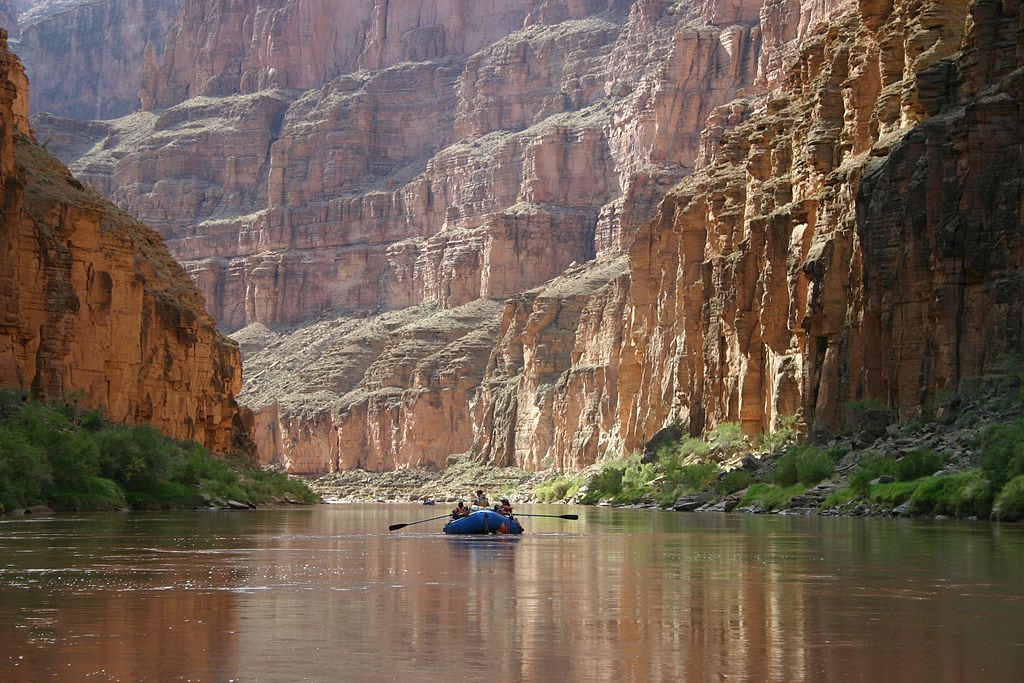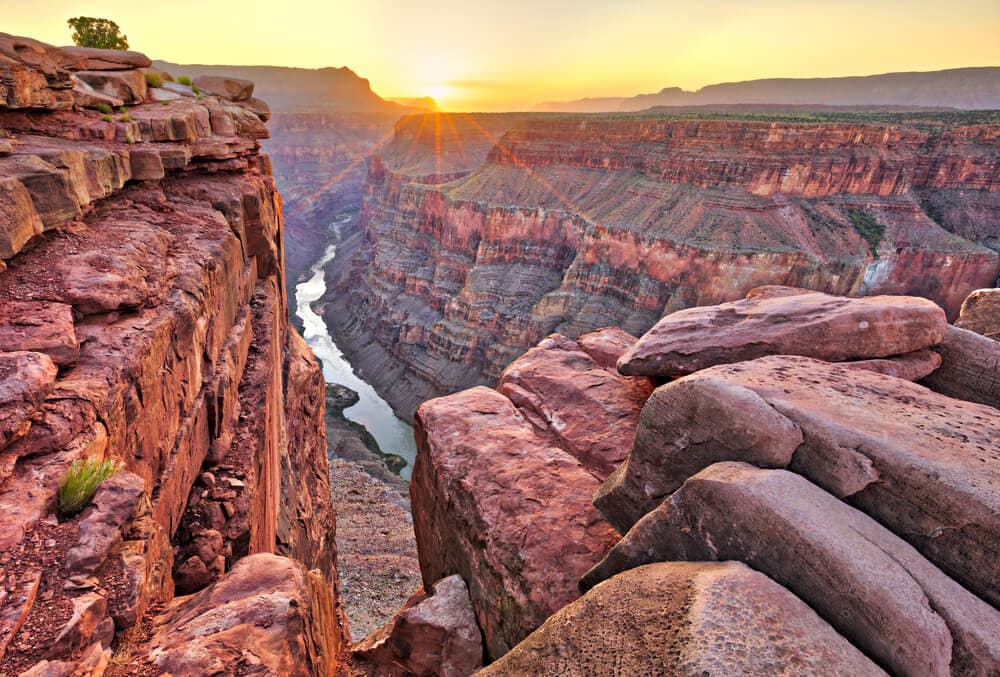The Grand Canyon is one of the largest marvels in the world. It’s 6 million years old! People know it as a historic national monument located in the great state of Arizona. However, a lot is going on for it that many people don’t realize. Every American should know the basic details about the Grand Canyon. However, it’s fun to understand the ins and outs of this unique wonder. Here’s a list of facts about the Grand Canyon you likely didn’t know.
The Grand Canyon is a Gateway

The indigenous Americans revere the Grand Canyon as a sacred place. They once lived around the area. It was considered a “place of emergence” and was held in high esteem. These tribes believed that they would sail down the Colorado River within the canyon towards their destination in the afterlife when a person died. That made the canyon an essential part of their creeds. In fact, it is so vital to their beliefs that they filed for personhood rights for the Colorado River. It means that lawsuits can be brought on behalf of the river if there is any harm done to it.

That is because water is critical to indigenous Americans. For hundreds of years, they have learned to exist with nature without interrupting its natural balance or interfering with the limited water supply. It included consumption, cleaning, bathing, watering crops, and not disturbing the animals called the river their home. This harmony with nature is the foundation of their religious beliefs, with many indigenous tribes calling water the basis for life.
